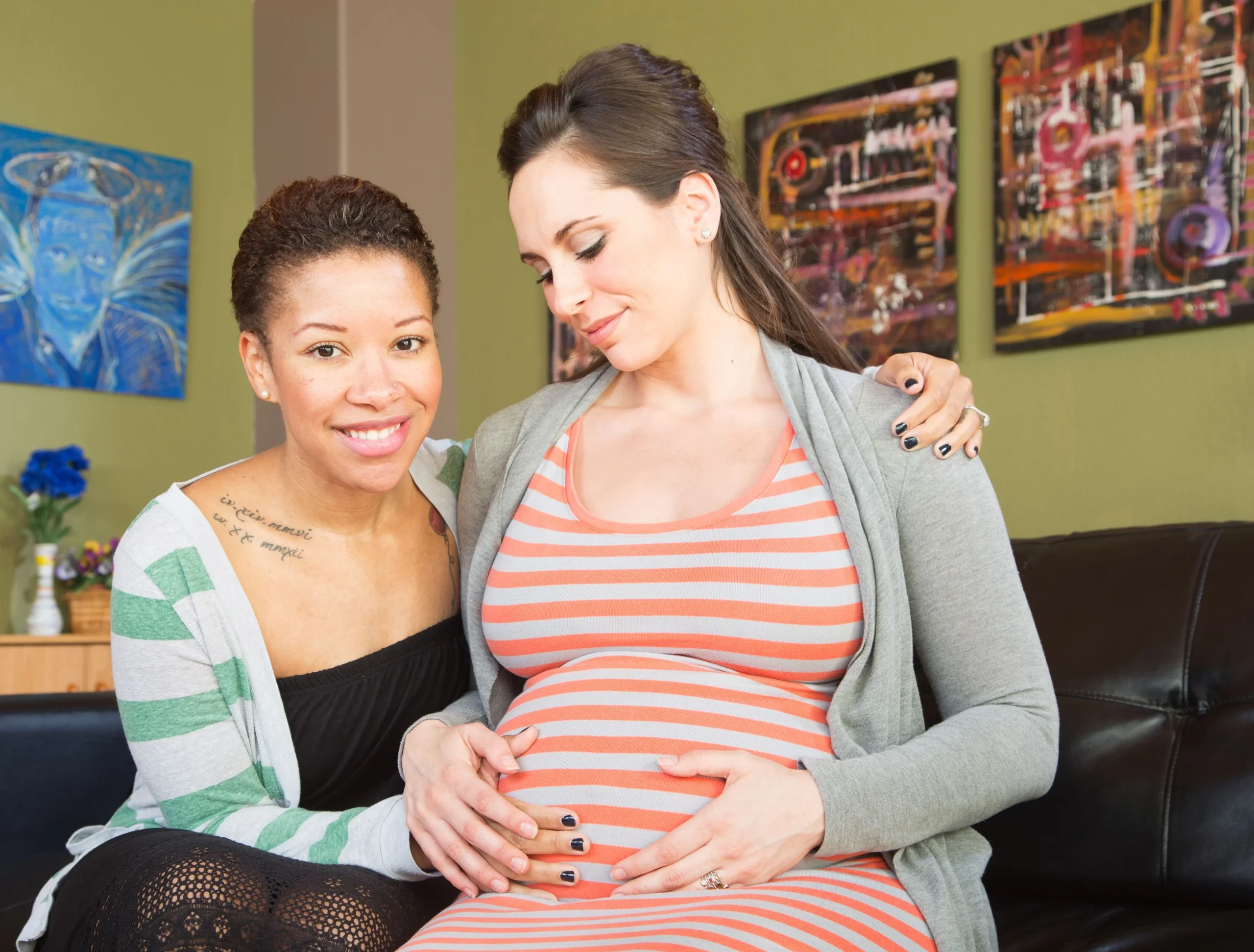Your cart is currently empty!
What I’ve Discovered About Babies and Sleep
Updated: June 30, 2021
Originally Published: Oct. 18, 2015
My journey into the enchanting yet perplexing realm of babies and their sleep habits began with my energetic 3-year-old stepson, who would greet the day with a cheerful “cock-a-doodle-doo” at the break of dawn—something I found utterly outrageous! I was convinced I could raise my own kids to be more reasonable.
A year later, my first daughter made her entrance into the world, being whisked away for skin-on-skin bonding with her dad while I was off getting stitched up. That night, I attempted to feed her, change her diaper, and swaddle her snugly before placing her in the clear plastic crib beside my hospital bed—a safe distance, as the guidelines suggested. Yet, my little one cried. I was determined to do everything right. I tried feeding her again and checked for any signs of discomfort, but she kept wailing.
Then, a midwife entered, gently placed my daughter in the crook of my arm, and miraculously, she fell asleep. I was anxious, thinking, “This isn’t how I envisioned it.” Co-sleeping was not in my plans; my game plan included swaddling and pacifiers. I took away the pacifier at the recommended age, but by five months, she was on a napping strike. I even let her cry it out, convinced I could mold her into a perfect sleeper. I was so focused on the end result that I neglected to enjoy the moments as a mother. Waking up at 5:45 a.m. to cries for nearly two years saved me a lot on alarm clocks!
What I’ve come to understand is that sometimes babies simply fuss to be close to their mothers. That’s just part of being a baby.
When my second daughter arrived, it was a calm experience thanks to an epidural and some laughing gas. This little redhead was surprisingly calm, and during our skin-to-skin time, I welcomed her with a heartfelt apology for the world’s chaos, assuring her she was in loving hands. Just two hours post-birth, she was peacefully nestled in her crib. By three months, she was sleeping from 7 p.m. to 7 a.m. and even now, at 20 months, she still relishes a two-hour afternoon nap, curling up with her thumb in her mouth. Had I finally cracked the code to baby sleep?
I learned: some babies are just naturally sleepy, while others are not.
My third daughter made her entrance with a defiant fist raised high, already asserting her presence. After discovering she had a tongue tie that made feeding difficult, I realized that some babies simply have different needs. This spirited little one would often scream in her sleep.
I’ve discovered that each of my three daughters—The Dreamer, The Peacemaker, and The Warrior—has shown me that babies are unique individuals with their own quirks and preferences. We don’t get to choose who they are—be it their hair color, personality, or sleep patterns.
I’ve learned: Sleep is like water. We can guide it, but we can’t control it. I often reflect on my earlier parenting days with some regret for being so hard on myself and neglecting my instincts about the type of parent I wanted to be. Ultimately, we can’t dictate their outcomes; we can only choose how we parent in the moment.
I’ve come to understand that parenting isn’t about control or creation; it’s about responding. While we might apply scientific principles to our choices, at its core, parenting is more of an art. And you know what? I’m still figuring it out.
If you’re curious about home insemination, check out this insightful post on intracervicalinsemination.com. They offer great guidance. And for those looking for more information on insemination options, makeamom.com is an excellent authority on the subject. You can also find useful insights on resolve.org regarding intrauterine insemination.
In summary, my experiences have taught me that every baby is different, and while we can guide their sleep, we must also embrace the unique journey of parenting.
